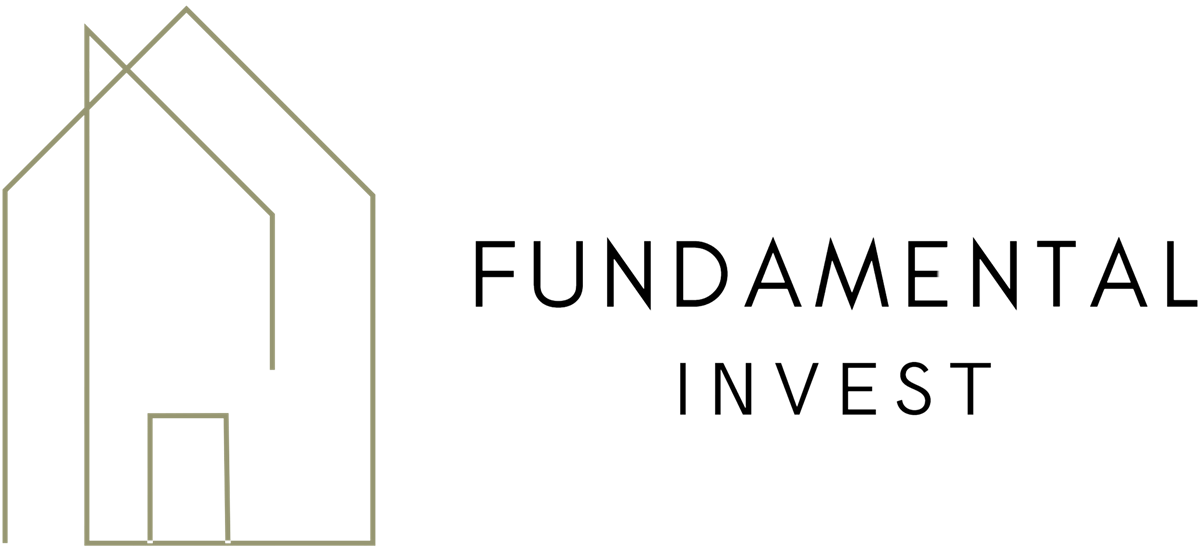1. Interest Rates
Clearly, lower interest rates enable buyers to borrow more easily since the cost of borrowing is reduced. However, it’s interesting to note that the opposite isn’t always true; historically, property values have continued to rise for a period even after the RBA increased interest rates, a trend observed in recent years as well.
2. Access to Credit
This point focuses on the actual ability of borrowers to access credit, rather than just interest rates. When interest rates rise, lenders often tighten their lending criteria, limiting the amount borrowers can secure.
In 2014, when APRA expressed concerns about the rapid increase in lending to property investors, which was driving up property prices, it directed banks to adopt more cautious lending practices and establish stricter criteria for assessing borrowers’ ability to repay loans in the event of interest rate changes. This intervention successfully reduced the share of new loans to investors from over 40% in 2014-15 to below 30% the following year.
Conversely, during the COVID-19 pandemic, banks relaxed lending standards to stimulate credit flow and boost the economy, which contributed to the property boom of 2020-21.
3. Supply and Demand
Typically, when the demand for housing exceeds supply, property prices rise. Conversely, if supply surpasses demand—such as when too many apartment buildings are constructed—prices tend to fall.
4. Availability and Cost of Land
The prolonged period required to release new land, and the significant taxes and fees developers incur to subdivide new estates have contributed to rising housing prices in Australia. It has been estimated that over 50% of the expenses involved in developing and constructing homes in new estates stem from various taxes.
5. The General Economic Climate
This encompasses factors such as inflation and employment rates. It’s evident that low inflation paired with high employment levels can lead to increased borrowing as consumers are encouraged to spend their additional disposable income. As we know, heightened competition among buyers for properties drives prices upward.
6. Consumer Confidence
An increase in consumer confidence typically boosts spending, particularly on major purchases like homes or investment properties. A healthy economic environment with rising property prices creates a “wealth effect,” encouraging consumers to invest their spare funds in real estate. Conversely, low consumer confidence can dampen property market activity.
Despite low consumer confidence in recent years due to cost-of-living challenges and economic concerns, our housing market has continued to rise, largely driven by population growth outpacing supply. As interest rates begin to decline, it’s probable that consumer confidence will improve.
7. Government Incentives
When the government aims to stimulate market demand, it often implements incentives, particularly for first-time homebuyers, to broaden the buyer base, thereby shifting the supply-demand balance and exerting upward pressure on property values. This strategy proved effective during the COVID-19 pandemic, as first homebuyer grants and incentives bolstered jobs in the construction sector and related retail industries.
Currently, various state governments are exploring incentives to assist first homebuyers in entering the market and encourage developers to increase housing stock.
8. Investor Appetite
Over time, property investors represent approximately 30% of the housing market. Favourable market conditions tend to heighten investor interest, which we all recognise leads to increased demand.
For more information, contact Fundamental Invest.
Andrew Black
With over 15 years of experience in the property industry, Andrew Black has built a stellar reputation as a trusted leader and expert.

